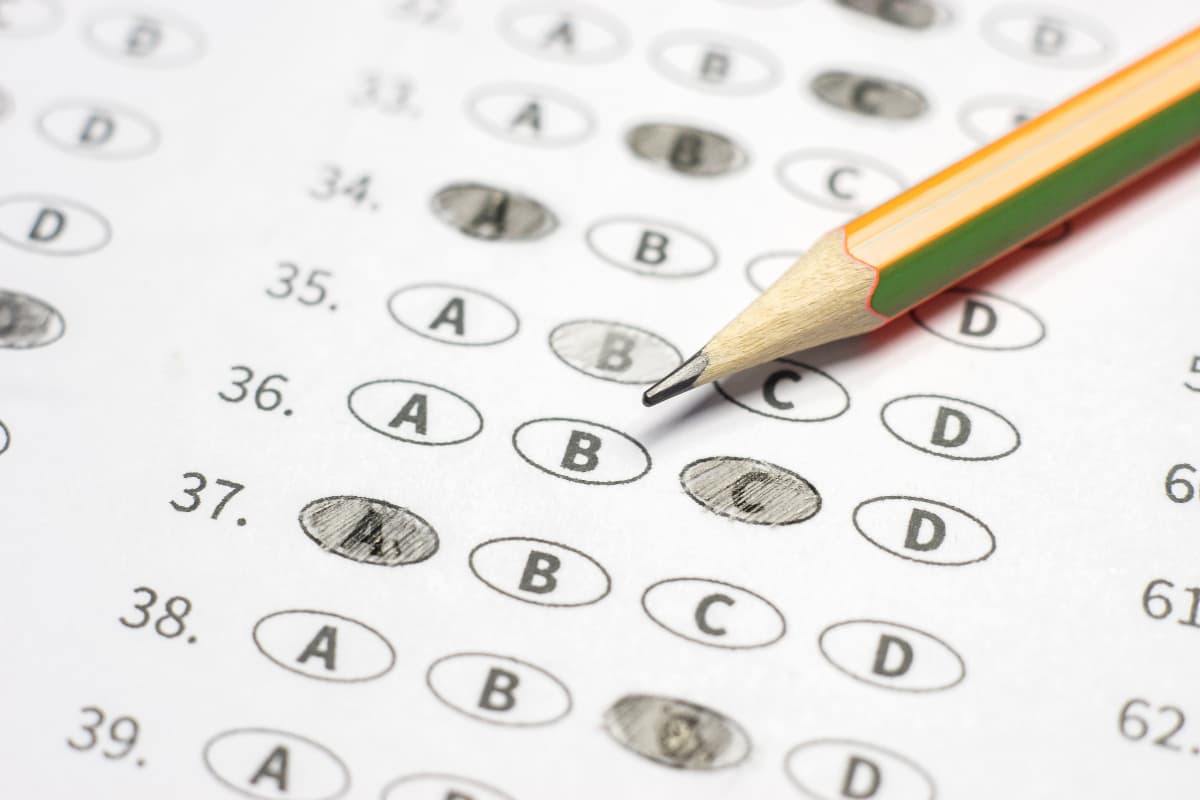Let’s start with a frequently asked question: are standardized tests beneficial or harmful? That’s a significant issue, right?
You’ve got parents, teachers, and students all caught in this back-and-forth about whether these tests are the best thing since sliced bread—or just a huge headache for everyone involved.
Now, these tests, in one way or another, have been part of the school experience for a very long time. They’re used across schools to keep tabs on how kids are doing and how well schools are sticking to their game plans. But is that, like, the full story? Not really. There’s definitely a lot to unpack here.

So, What Exactly Are These Tests All About?
Here’s the basic idea: standardized tests are, well, pretty much what they sound like—everyone gets the same questions, graded the same way, and there’s supposed to be this sense of fairness. Schools use them as a kind of measuring tape to figure out how much stuff kids are holding onto from their lessons.
But, you know, it’s not just about the students. Teachers and schools are also being evaluated, in a way, by how those scores stack up. It’s a continuous cycle of interdependence that keeps everything running—or stumbling, depending on how you look at it.
What’s Actually Good About Them?
Alright, so let’s give credit where it’s due—these tests aren’t all bad.
1. They Give a Bit of Direction for What to Teach
It’s like this: tests are usually matched up to the stuff schools are expected to cover, so they provide teachers with a clear framework for essential topics. In a way, they’re making sure no one skips over the basics.
2. They Let Schools See How They’re Doing
Think of it as a yearly report card for schools. If scores start looking a little shaky, it’s a heads-up that something probably needs fixing. And when things go great, well, it’s a chance to figure out what worked and keep at it.
3. They Level the Playing Field (Sort of)
The whole idea is to take out any guesswork, you know? Instead of individual teachers applying different grading standards, everyone’s on the same page—or at least they’re supposed to be.
4. They Shine a Light on Weak Spots
Whether it’s reading, math, or something else, these tests can point out where students are stumbling. And once you know what’s not clicking, there’s room to, like, adjust the focus and try to patch things up.

What’s the Flip Side?
But here’s the thing—there are definitely cracks in the system, and they’re hard to miss.
1. Too Much Focus on the Numbers
Ever heard the phrase “teaching to the test”? That’s when teachers stop being creative and just drill students on test stuff. It’s like reducing the whole school year to a list of multiple-choice questions. Kind of diminishes the joy of learning, don’t you think?
2. Stress and Pressure
These tests can feel like the Olympics for some kids—except way less exciting and way more nerve-wracking. Some students end up so anxious about the scores that it messes with their actual performance.
3. Not the Whole Picture
The key issue is that a test score does not provide a complete picture. A student who tanks a math test might actually be a genius at figuring out creative solutions or building something amazing. And someone who nails every question? Well, they might just be good at remembering stuff for the moment.
4. Narrow Focus Means Other Stuff Gets Ignored
Subjects like music, art, and gym often get the short end of the stick because they’re not on the test. It’s like saying those things don’t matter when, really, they totally do.
| Advantages |
Explanation |
Disadvantages |
Explanation |
|---|---|---|---|
| Independent learning metric | Standardized tests generate comparable data across schools and regions. | Impacts student confidence | Low scores may make students doubt their abilities. |
| Identifies gaps in education | Results help schools pinpoint areas needing improvement. | Encourages “teaching to the test” | Pressure may push teachers to focus solely on test prep, losing creativity. |
| Tracks student progress over time | Allows schools to monitor individual improvements and challenges. | Doesn’t reflect full student potential | Results often overlook creativity and personal differences. |
Where’s the Middle Ground?
So, what’s the takeaway here? Standardized tests aren’t completely useless, but they’re not the gold standard, either. The trick is to, like, use them as just one piece of the puzzle instead of the whole thing.
Look at the numbers, sure, but also pay attention to the things you can’t exactly put on paper—creativity, teamwork, emotional growth, and other important aspects.
At the end of the day, kids are more than their test scores, and schools are more than their averages. It’s all about finding that balance that lets everyone do their best without losing sight of what really matters.
What do you think? Does this approach hit the mark?




